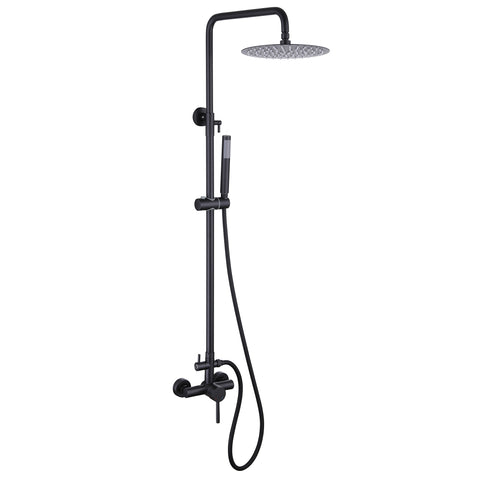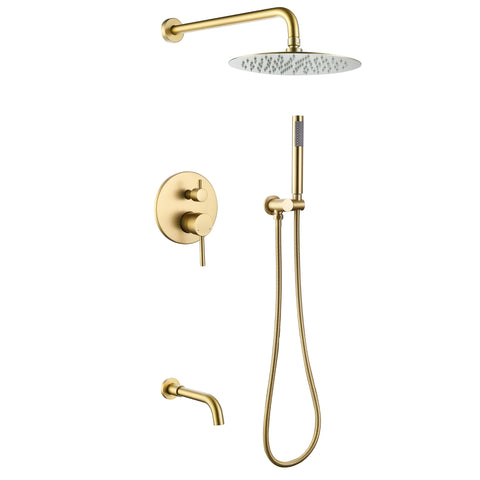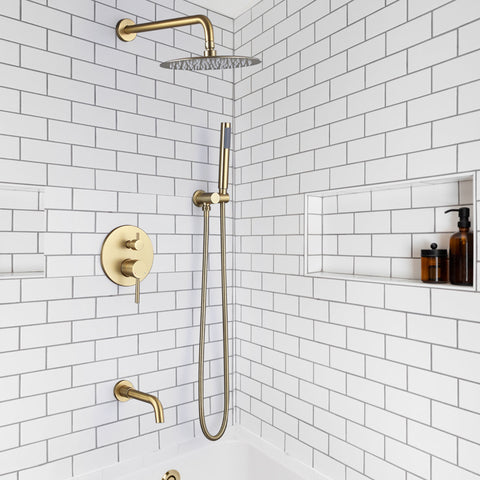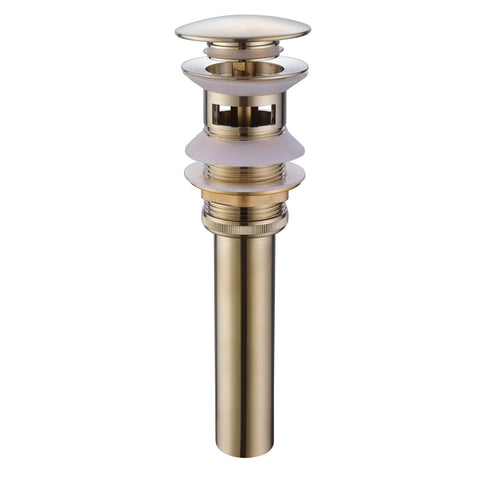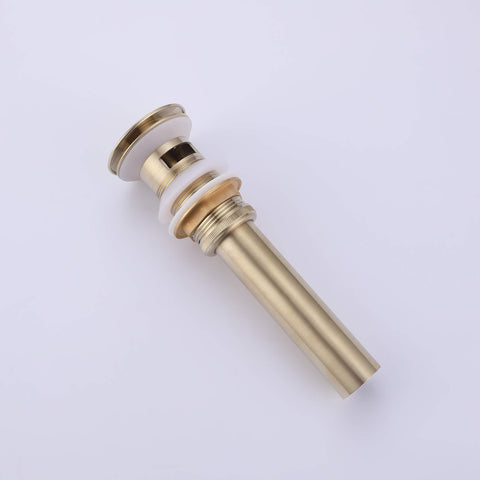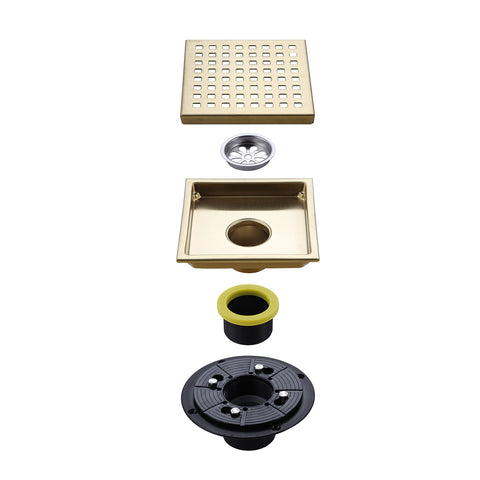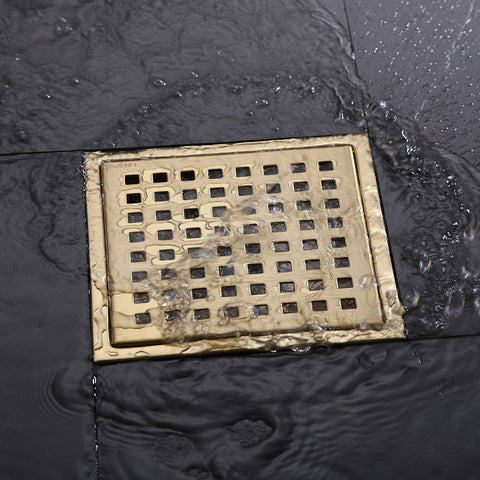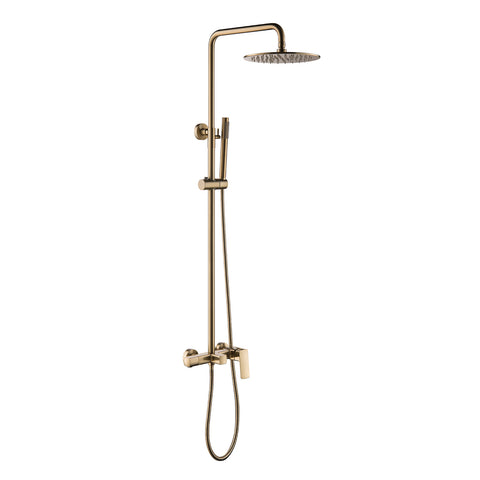How to Disassemble the Single Hole Basin Faucet?
Removing a single-hole faucet is not always easy for DIYers. When a faucet becomes defective, a common question arises: should you repair it or simply replace it? Below, we’ll help you assess whether dismantling your single-hole basin faucet is worth the effort.
The internal structure of single-hole lavatory faucets varies by brand and model, but at the core of all of them lies a cartridge. While some cartridges are easy to access and replace, others are not—making repairs more complex or even impractical.
Basic Structure of a Single-Hole Faucet
While models may vary, most single-hole lavatory faucets have similar construction. To access the inner cartridge, you typically need to disassemble the following components:
- Cover (top cap or decorative shield)
- Swivel arm (handle)
- Cartridge cover (plastic cap over the valve)
Step 1: Remove the Cover
Most covers are clipped on and can be gently pried off. If screws are used, simply loosen them with the appropriate tool to remove the cover.
Step 2: Remove the Swivel Arm
Some handles pull off easily, but most are secured with 2.5mm screws. Use an Allen key to unscrew and detach the handle carefully.
Step 3: Remove the Cartridge Cover
Beneath the handle is usually a plastic cover protecting the cartridge. Remove this gently, watching for seals or special screws. Inside, you’ll find the cartridge—the key component that regulates flow and temperature.
Is It Worth Repairing a Single-Hole Faucet?
In most cases, repairing an old or malfunctioning faucet is not worth the effort or cost. Replacement cartridges and tools can be expensive and hard to match with older models. In contrast, a new single-hole faucet is affordable, easy to install, and comes with updated features.
For minor issues like drips or clogs, maintenance may help. But for leaks within the valve or damaged cartridges, buying a new faucet is usually the more economical and time-saving choice.
